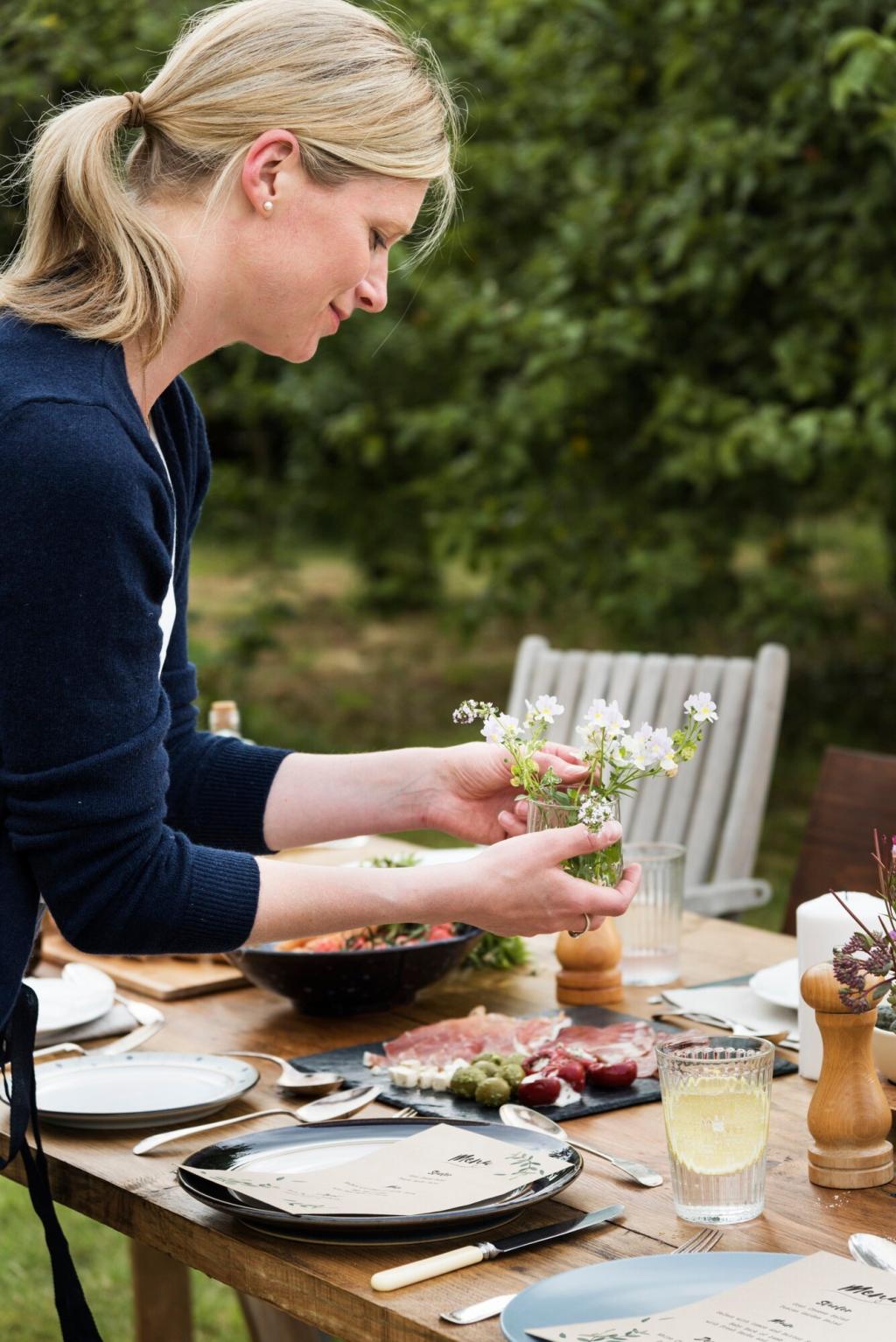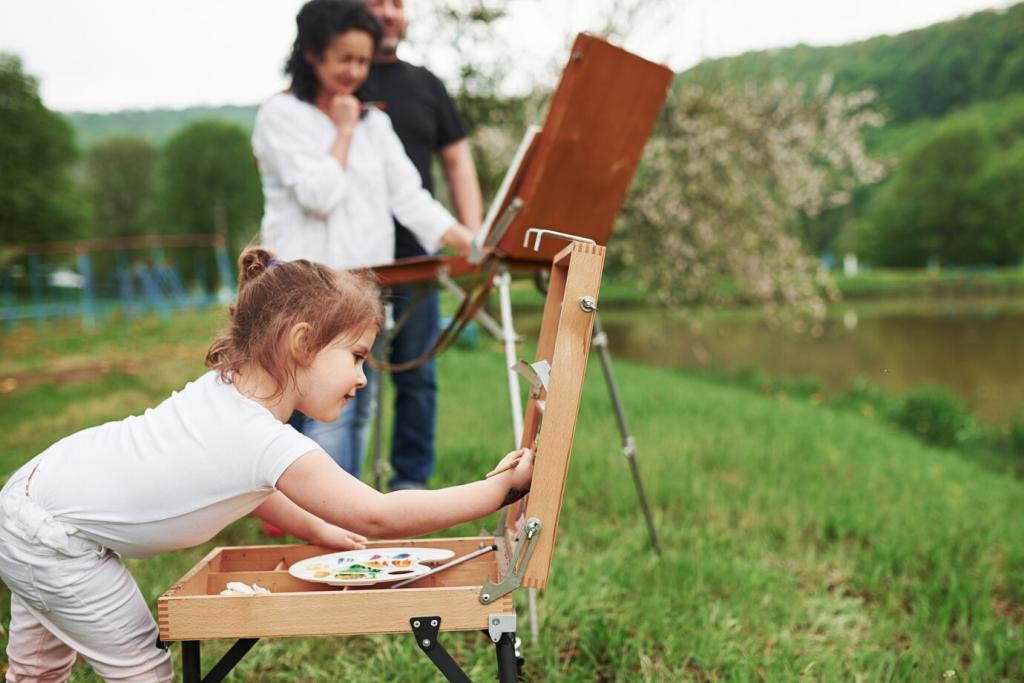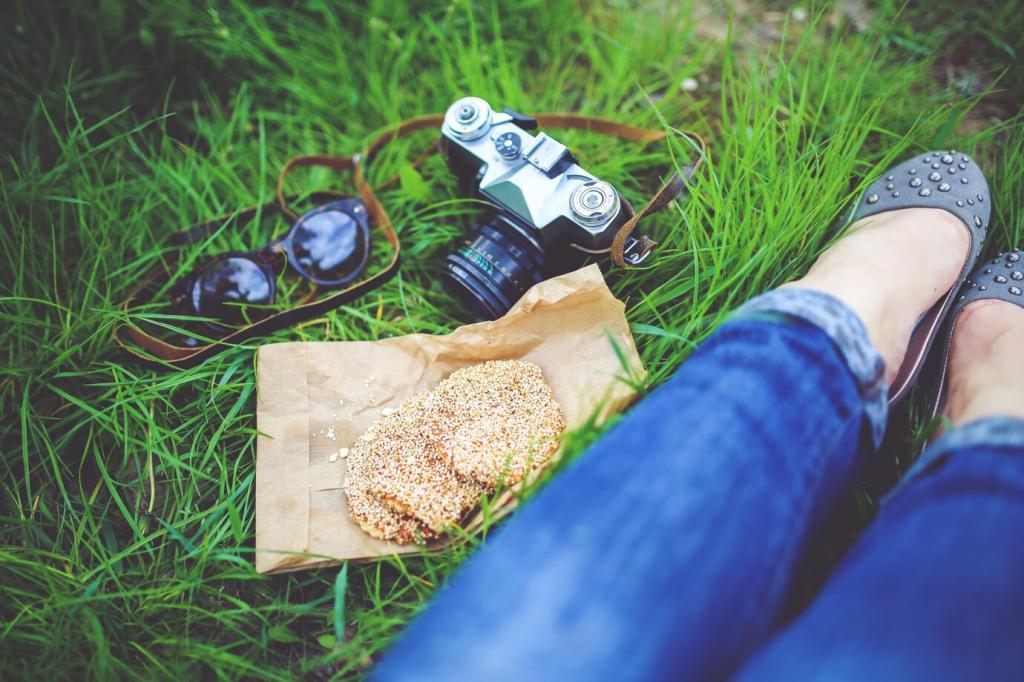A Year on the Ridge Trail: A Personal Walkthrough
The trail reopens with the scent of wet bark and thawed earth. Meltwater stitches silver threads across roots, and trilliums flare like startled candles. My boots sink slightly with each hopeful step. What first spring smell returns you to the world? Share it, and invite others to notice with you.
A Year on the Ridge Trail: A Personal Walkthrough
By July, the ridge hums. Heat shimmers above rock shelves, and thunderheads muscle up behind the pines. Grassheads tilt, trading seeds back to soil while swallowtails cruise the open meadow. I carry extra water and gratitude. Subscribe for our monthly trail notes, and add your favorite high-summer viewpoint.





